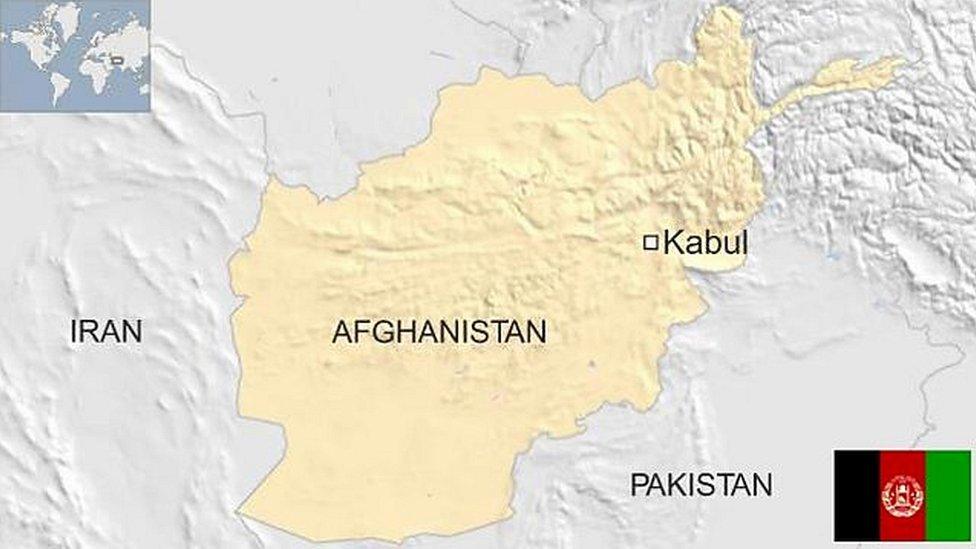Tajikistan country profile
- Published
This page is no longer being updated. It was last updated on 30 October 2024

Battered by a five-year civil war at the onset of its independence, Tajikistan has struggled with poverty and instability since 1991.
It remains dependent on Russia both for its economy and to help with security problems. In particular, Tajikistan depends on Moscow to fight drug smuggling and jihadist incursions from neighbouring Afghanistan.
Tajikistan is expanding ties with China, which has extended credits and built roads, tunnels and power infrastructure. Chinese firms are investing in oil and gas exploration, as well as gold mining.
Read more country profiles, external - Profiles by BBC Monitoring, external
REPUBLIC OF TAJIKISTAN : FACTS
Capital: Dushanbe
Area: 143,100 sq km
Population: 10.2 million
Languages: Tajik, Russian
Life expectancy: 69 years (men) 73 years (women)
LEADER
President: Emomali Rahmon
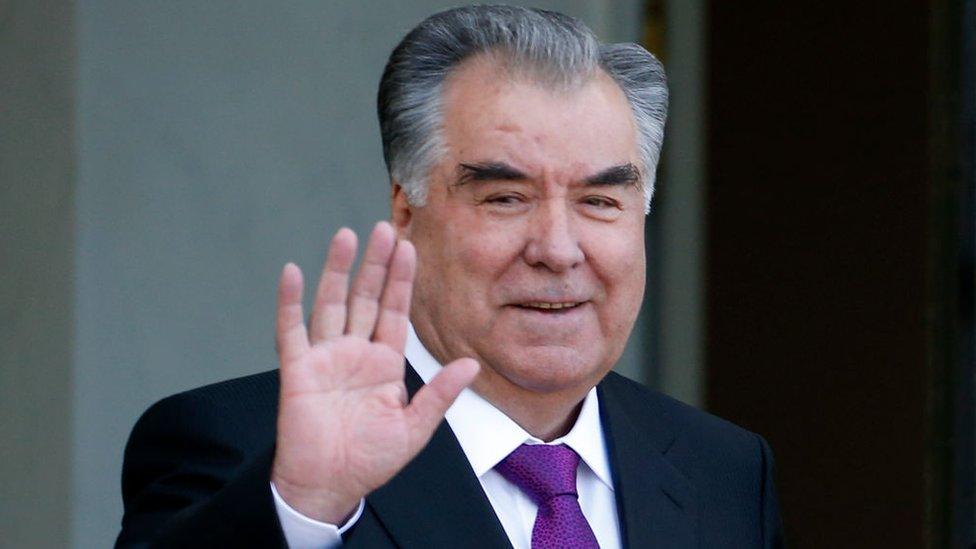
Emomali Rahmon, a Soviet-era cotton farm boss, was elected president in 1994 and has been re-elected regularly, heading an authoritarian regime.
Rahmon played a vital role in Tajikistan's civil war, helping the former Communist effort to remove Islamist rebels from the capital Dushanbe in the early 1990s.
After years of civil war and violence, some stability returned to Tajikistan, but the country remains poor and underdeveloped.
MEDIA
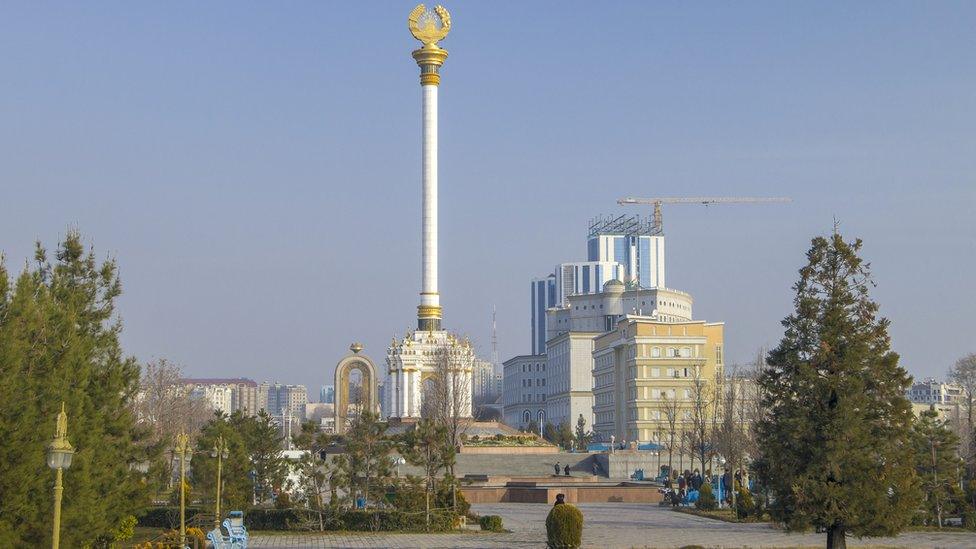
Government pressure has forced many independent media to close and has driven dozens of journalists into exile.
The authorities dictate editorial policy, obstruct critical reporting and repress all forms of opposition. The government uses the fight against terrorism as a means of controlling the media.
Television is the most popular medium, although it is losing ground to online media. Internet access is limited by high costs and slow speeds, especially in rural areas
The authorities routinely block websites and social platforms over critical content.
TIMELINE
Some key dates in Tajikistan's history:
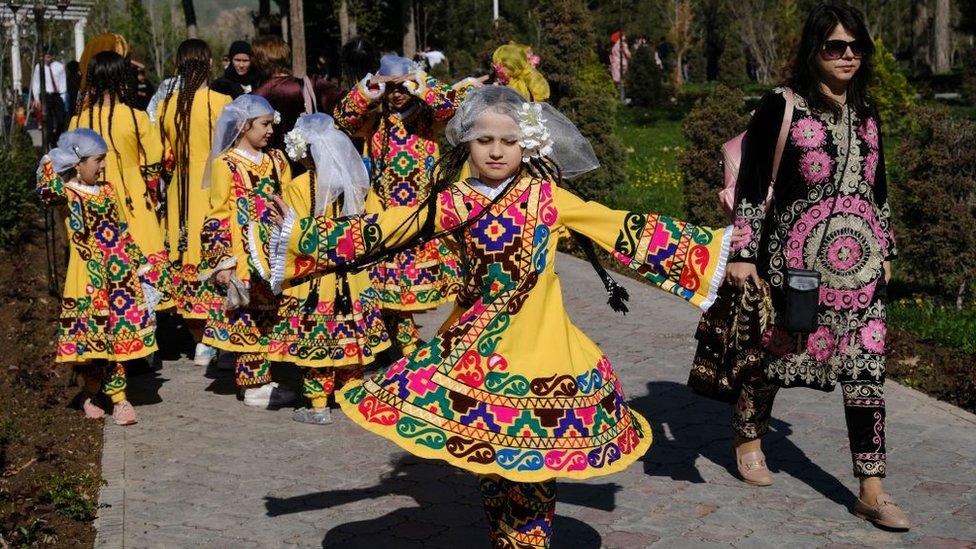
Tajiks celebrate Nowruz - "the New Year" in Farsi - an ancient festival marking the beginning of spring in Central Asia
8th Century - Tajiks emerge as distinct ethnic group; Arab invaders conquer Central Asia, including what is now Tajikistan, and introduce Islam.
9th/10th Century - Persian Samanid dynasty gains control of Central Asia and, in alliance with the caliph of Baghdad, develops Bukhara as centre of Muslim culture.
13th Century - Genghis Khan conquers Tajikistan and the rest of Central Asia, which becomes part of the Mongol Empire.
14th Century - Tajikistan becomes part of Turkic ruler Tamerlane's empire.
1860-1900 - Tajikistan divided, with the north coming under Tsarist Russian rule while the south is annexed by the Emirate of Bukhara.
1920s - Modern Tajikistan emerges as a republic under Soviet rule.
1960s - Tajikistan becomes the third largest cotton-producing republic in the Soviet Union; heavy industries, notably aluminium, introduced.
1970s - Increased Islamic influence, violence towards non-indigenous nationalities.
1978 - Some 13,000 people take part in anti-Russian riots.
Late 1980s - Soviet leader Mikhail Gorbachev's policy of glasnost, or openness, leads to the formation of unofficial political groups and a renewed interest in Tajik culture.
1991- Tajikistan declares independence, but a year later descends into a five-year civil war that claims 20,000 lives, displaces 600,000 and devastates the economy.
1997 - Government and rebel United Tajik Opposition (UTO) sign peace accord; National Reconciliation Commission, comprising government and opposition members, created to supervise implementation of accord.
1998 - President Rahmon pardons all opposition leaders in exile and agrees to appoint one of the Islamist opposition's leaders as first deputy prime minister.
2011 - Tajikistan settles a century-old border dispute with China by agreeing to cede some land.
2012 - Tajikistan grants Russia a 30-year extension on a Soviet-era military base seen as bulwark against Islamist militancy and drug-trafficking.
2016 - Work begins on the controversial Rogun hydroelectric dam. Uzbekistan strongly opposes the dam, fearing the impact on its agriculture.
2021 - Following the Taliban takeover in Afghanistan, Tajikistan is reportedly involved in the Panjshir conflict against the Taliban on the side of the National Resistance Front of Afghanistan.
2022 - Armed clashes along much of the border between Kyrgyzstan and Tajikistan.
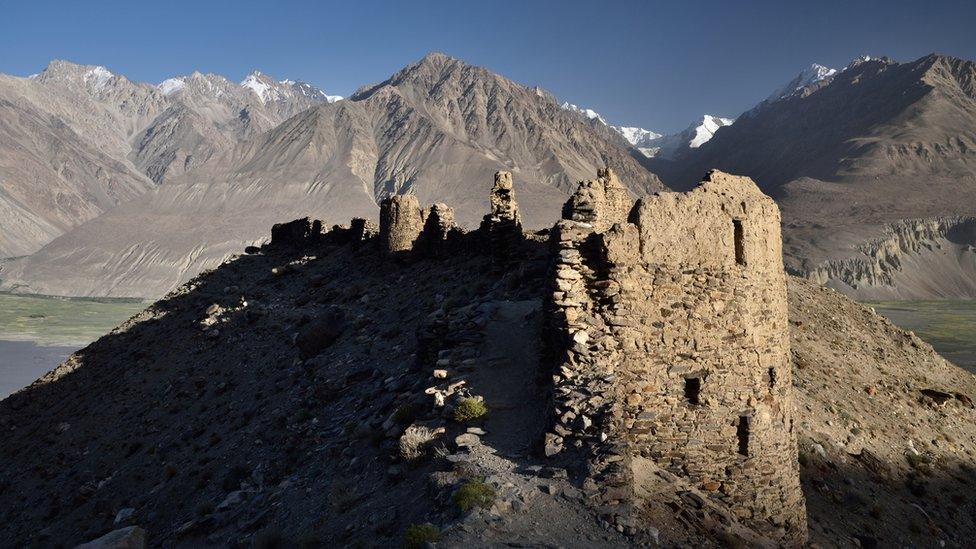
Yamchun fortress, an ancient Silk Road outpost overlooking the Wakhan valley in Tajikistan, near the border with Afghanistan
Related topics
- Published24 March 2023

- Published30 October 2024
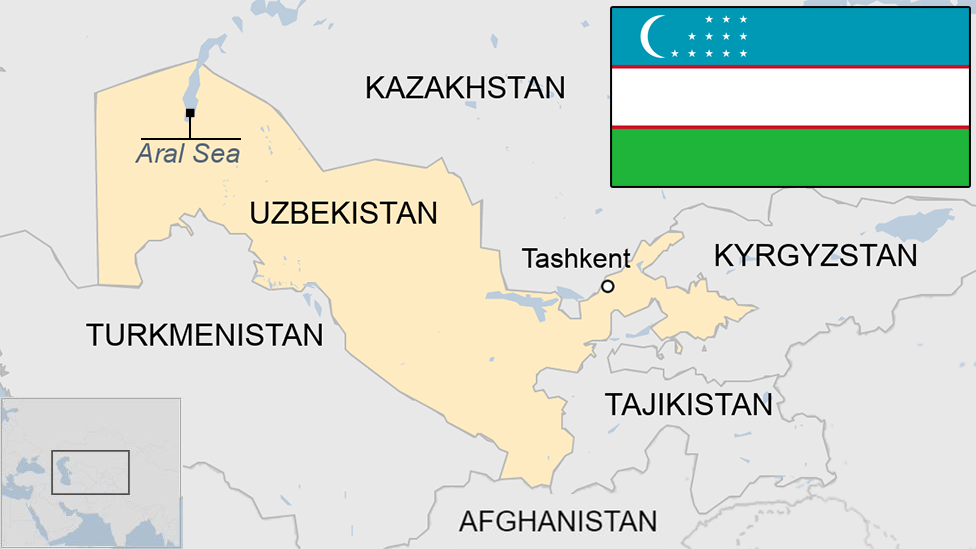
- Published24 March 2023
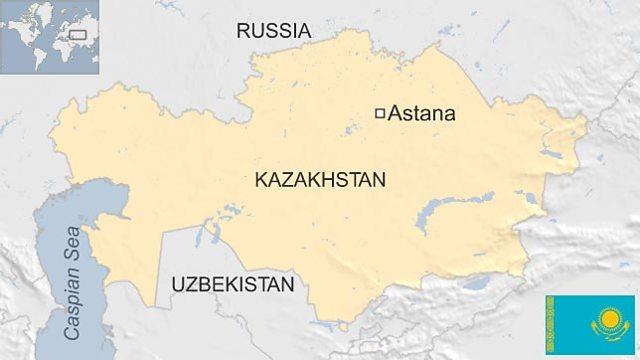
- Published24 March 2023
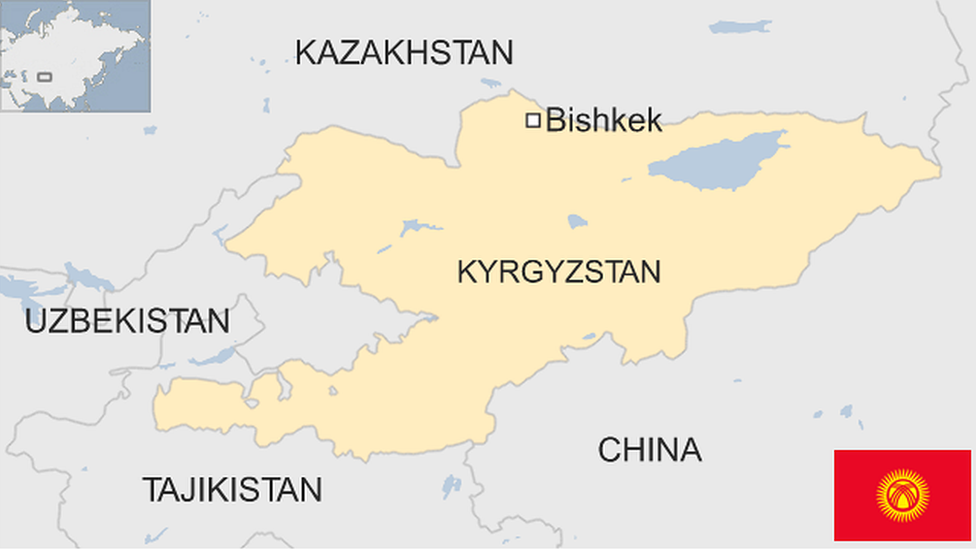
- Published25 August 2023

- Published10 March
